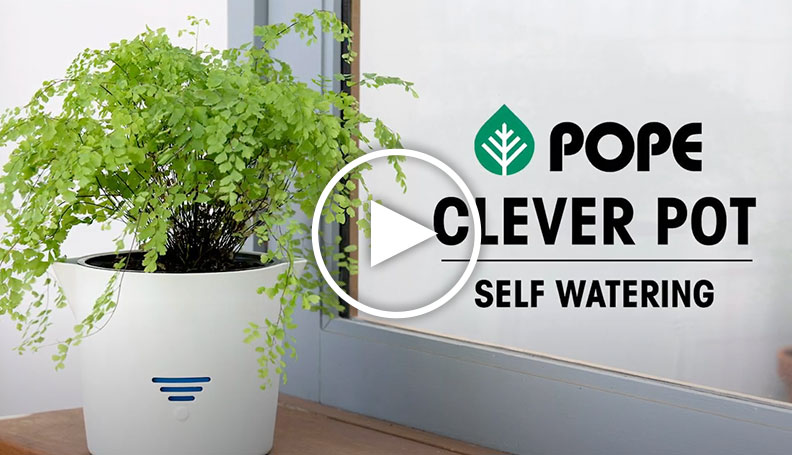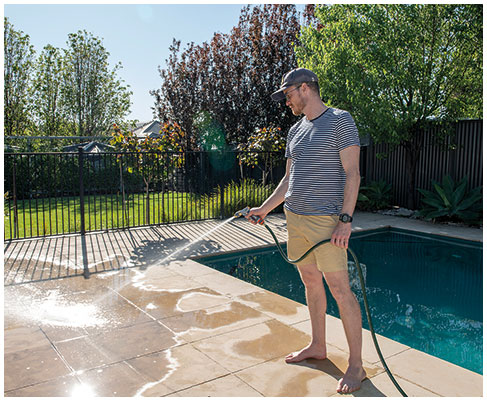The popularity of indoor plants is on the rise now that introducing foliage to living spaces has become a decorative trend. Whether the indoor house plants are big, small, subtle or dramatic, they help distinguish a room while adding character and a sense of colour to the space. While having a living plant in the home can relieve stress, it’s important to recognise that living plants need to be looked after properly.
Why an indoor plant is right for your home
If you’re lacking a backyard or want to spruce up your home, having succulent plants, balcony planters and indoor plants can give you the perfect low maintenance garden. Start by slowly adding a couple of hardy specimens to increase your skill set, try Spider plants as they are easily propagated or succulent plants for a plant that’s low maintenance all year round.
The indoor house plants that suit your style
If you’re after more traditional indoor plants try to include the Kentia Palm (native to Lord Howe Island), the mini Parlour Palm, Dracaena Cordyline (strappy leaves) or the Ficus benjamina (weeping fig). Smaller plants such as African Violets, Maidenhair fern, Spathyphyllum (the Peace Lily) and succulents all appreciate humidity, keeping in a bathroom with some light is best.
Trending indoor plants tend to have variegated and large leaves such as Philodendrons, Ficus lyrata (fiddle-leaf fig), Monstera deliciosa, Pothos (devil’s ivy) and Syngonium podophyllum (arrowhead plant). The arrowhead plant may put out long leaders and will need to be supported if you want them to climb up to the ceiling or along a shelf; they also respond well to humidity and warmth as they thrive in tropical climates.

How to look after your indoor house plants
When plants aren’t thriving our first instinct is to water them, however they might just need more or less sunlight depending on the plant. Diffused sunlight is your best bet when it comes to taking care of indoor plants as direct sunlight can turn leaves yellow or brown. Plants like the Peace Lily and Moth Orchids will thrive in spots that are warm but not overly bright, while Aloe Vera and Snake Plant enjoy basking in the sun.
Most of us aren’t plant whisperers so we can’t sense when our indoor plants are thirsty; a great tip is to check the soil with a skewer, much like a cake, if it’s dry and clean it’s time to give your indoor plant a cup of water.
You can also water from the bottom of the pot by placing a saucer of water under the pot, which allows water to get straight to the roots via the holes – be sure not to leave it full of water for too long though as it may cause root damage. If water and the right sunlight hasn’t helped your indoor plant, it could be the air quality in your home; occasionally take it outside in the shade for a breath of fresh air.
It can be hard to know where to start when it comes to looking after indoor plants and even the most experienced plant parents can over or under water their babies – if this sounds like you, take a look at Pope’s Clever Pot, a self watering pot that’s ideal for your patio or living area and comes in classic white or fawn! Featuring a water indicator and built in water reservoir, this pot provides water to the roots of your plant using capillary action. When the water level indicator drops to empty, the blue level floater will disappear showing you exactly when to top the plant up with water.
If you’re lacking a backyard or want to spruce up your home, having succulent plants, balcony planters and indoor plants can give you the perfect low maintenance garden. Start by slowly adding a couple of hardy specimens to increase your skill set, try Spider plants as they are easily propagated or succulent plants for a plant that’s low maintenance all year round.
If you’re after more traditional indoor plants try to include the Kentia Palm (native to Lord Howe Island), the mini Parlour Palm, Dracaena Cordyline (strappy leaves) or the Ficus benjamina (weeping fig). Smaller plants such as African Violets, Maidenhair fern, Spathyphyllum (the Peace Lily) and succulents all appreciate humidity, keeping in a bathroom with some light is best.
Trending indoor plants tend to have variegated and large leaves such as Philodendrons, Ficus lyrata (fiddle-leaf fig), Monstera deliciosa, Pothos (devil’s ivy) and Syngonium podophyllum (arrowhead plant). The arrowhead plant may put out long leaders and will need to be supported if you want them to climb up to the ceiling or along a shelf; they also respond well to humidity and warmth as they thrive in tropical climates.

How to look after your indoor house plants
When plants aren’t thriving our first instinct is to water them, however they might just need more or less sunlight depending on the plant. Diffused sunlight is your best bet when it comes to taking care of indoor plants as direct sunlight can turn leaves yellow or brown. Plants like the Peace Lily and Moth Orchids will thrive in spots that are warm but not overly bright, while Aloe Vera and Snake Plant enjoy basking in the sun.
Most of us aren’t plant whisperers so we can’t sense when our indoor plants are thirsty; a great tip is to check the soil with a skewer, much like a cake, if it’s dry and clean it’s time to give your indoor plant a cup of water.
You can also water from the bottom of the pot by placing a saucer of water under the pot, which allows water to get straight to the roots via the holes – be sure not to leave it full of water for too long though as it may cause root damage. If water and the right sunlight hasn’t helped your indoor plant, it could be the air quality in your home; occasionally take it outside in the shade for a breath of fresh air.
It can be hard to know where to start when it comes to looking after indoor plants and even the most experienced plant parents can over or under water their babies – if this sounds like you, take a look at Pope’s Clever Pot, a self watering pot that’s ideal for your patio or living area and comes in classic white or fawn! Featuring a water indicator and built in water reservoir, this pot provides water to the roots of your plant using capillary action. When the water level indicator drops to empty, the blue level floater will disappear showing you exactly when to top the plant up with water.
When plants aren’t thriving our first instinct is to water them, however they might just need more or less sunlight depending on the plant. Diffused sunlight is your best bet when it comes to taking care of indoor plants as direct sunlight can turn leaves yellow or brown. Plants like the Peace Lily and Moth Orchids will thrive in spots that are warm but not overly bright, while Aloe Vera and Snake Plant enjoy basking in the sun.
Most of us aren’t plant whisperers so we can’t sense when our indoor plants are thirsty; a great tip is to check the soil with a skewer, much like a cake, if it’s dry and clean it’s time to give your indoor plant a cup of water.
You can also water from the bottom of the pot by placing a saucer of water under the pot, which allows water to get straight to the roots via the holes – be sure not to leave it full of water for too long though as it may cause root damage. If water and the right sunlight hasn’t helped your indoor plant, it could be the air quality in your home; occasionally take it outside in the shade for a breath of fresh air.
It can be hard to know where to start when it comes to looking after indoor plants and even the most experienced plant parents can over or under water their babies – if this sounds like you, take a look at Pope’s Clever Pot, a self watering pot that’s ideal for your patio or living area and comes in classic white or fawn! Featuring a water indicator and built in water reservoir, this pot provides water to the roots of your plant using capillary action. When the water level indicator drops to empty, the blue level floater will disappear showing you exactly when to top the plant up with water.















